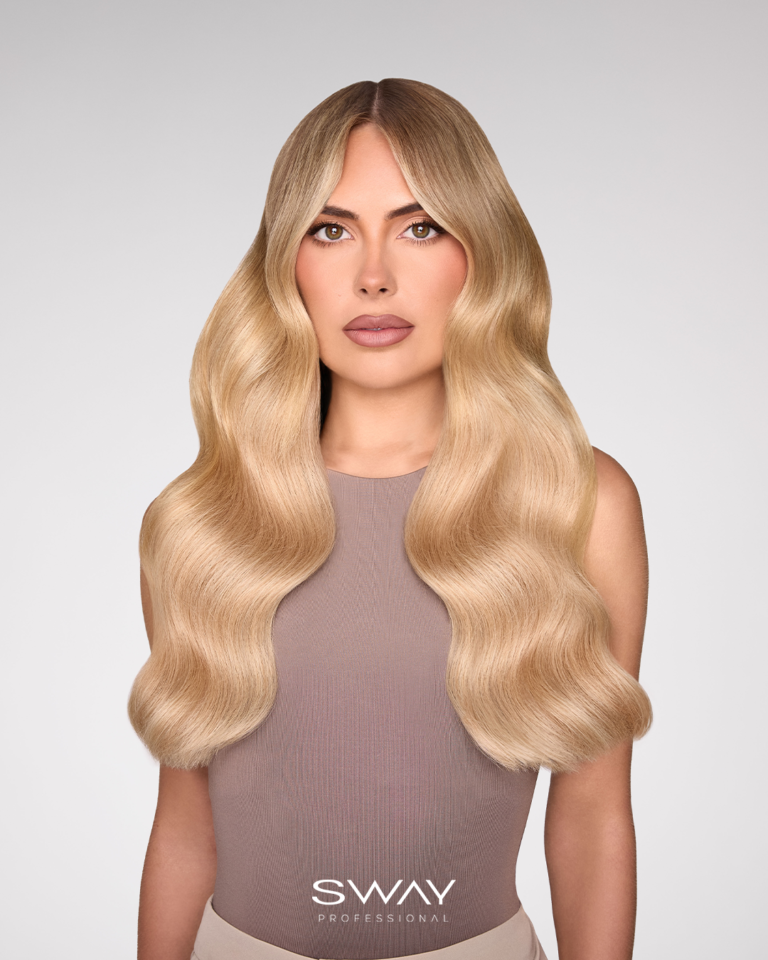If you’ve ever wished for longer, fuller, or more voluminous hair, you’re not alone. Many people consider hair extensions as a way to achieve their dream locks. However, before diving into the world of extensions, it’s essential to understand the different types, maintenance requirements, and potential effects on your natural hair. In this comprehensive guide, we’ll cover all the basics you need to know before making a purchase.
Types of Hair Extensions
There are several types of hair extensions available on the market, each with its own advantages and drawbacks. The most common types include clip-in, tape-in, sew-in, fusion, and micro-link extensions.
Clip-In Extensions
Clip-in extensions are temporary and easy to apply, making them perfect for occasional use. These extensions come in sections that you clip into your natural hair, allowing for flexibility and minimal commitment.
Tape-In Extensions
Tape-in extensions involve adhesive tapes placed at the root of your hair. They are semi-permanent and can last up to six to eight weeks with proper care. The application process generally takes less time and causes less damage compared to fusion or sew-in methods.
Sew-In Extensions
Sew-in extensions, also known as weave, involve braiding the natural hair before sewing the extensions onto the braids. This method is usually suited for thicker hair types and requires more maintenance due to the bulk of the braid.
Fusion Extensions
Fusion extensions are bonded to the natural hair using keratin glue. These extensions are more permanent and can last up to four months. However, they require heat for application, which may cause damage to natural hair if not done correctly.
Micro-Link Extensions
Micro-link extensions are attached to the natural hair using small beads or loops. They do not use glue or heat, which reduces the risk of damage, but are not suitable for very fine hair as they can slip out easily.
Choosing the Right Type for You
The right type of hair extension for you depends on your lifestyle, the condition of your natural hair, and your budget. If you plan to use extensions occasionally, clip-ins might be the best option due to their ease of use and removal. For more permanent options, consider tape-ins or micro-links, especially if you prefer a less damaging method.
Quality of Hair: Synthetic vs Human Hair
One critical decision is choosing between synthetic and human hair extensions. Human hair extensions offer a more natural look and feel, with the ability to style them using heat tools. They tend to be more expensive but are worth the investment for a natural appearance and longevity.
Synthetic hair, on the other hand, is cheaper and comes pre-styled, but lacks the versatility of human hair. Synthetic extensions may be suitable for short-term use, such as special occasions or if you’re experimenting with different looks.
Maintenance and Care
Proper maintenance is key to making your hair extensions last. Regularly brush them with a soft-bristle brush, wash them gently with sulphate-free shampoo, and avoid excessive heat styling to prolong their life. Consult with a professional on specific maintenance tips for the type of extensions you choose.
Potential Risks
While hair extensions can give you the look you’ve always wanted, they aren’t without their risks. Extensions that are too heavy or improperly installed can cause tension on the scalp and potentially lead to hair thinning or loss. Always seek the services of a qualified professional to minimise these risks.
